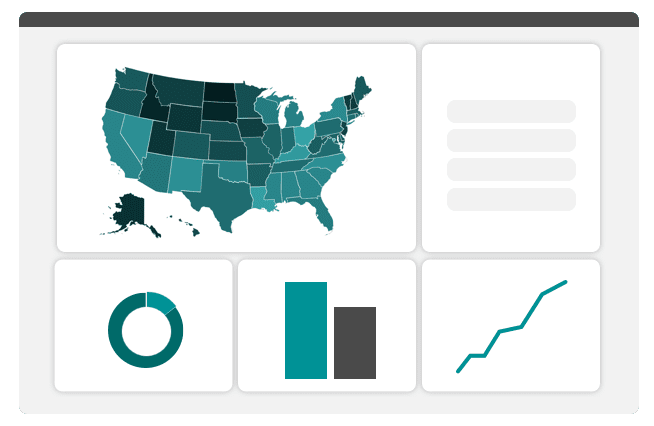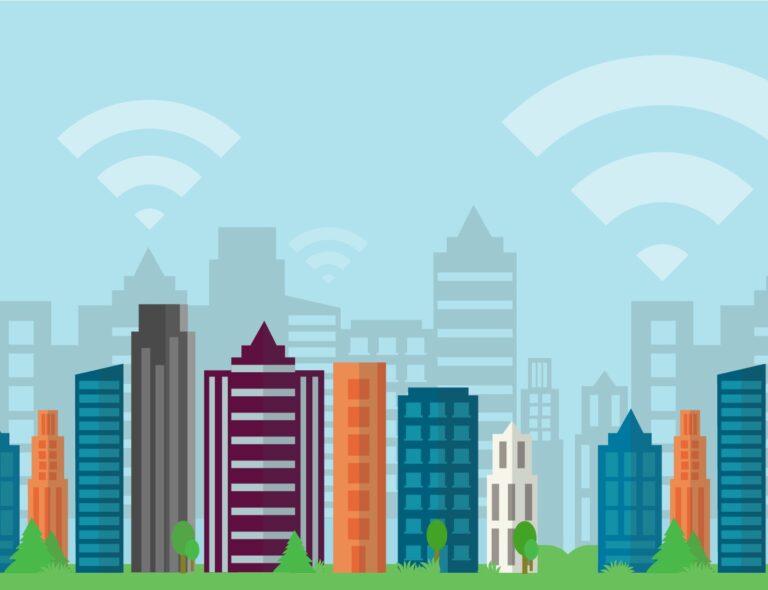Today marks the release of our “2016 State of the States” report on the state of broadband connectivity in the nation’s K-12 public schools. We’re happy to report that in the past year an additional 10.4 million students now have at least the minimum connectivity they need to take advantage of technology in the classroom, representing 88 percent of school districts nationally.
35 million students
2.4 million teachers
88% of school districts
70,000 schools are now achieving the minimum 100 kbps per student goal.
This incredible progress means many of America’s schools now have the same connectivity as top performing schools across the globe, giving their students the tools they need to prepare for and compete for 21st century jobs. In just a few years, America has taken significant steps to decrease its digital learning disadvantage and is now implementing innovative education technology in more classrooms than ever before.
Internet service providers have also been crucial in upgrading K-12 schools. By giving school districts more bandwidth for their budgets and extending their networks to underserved schools, service providers have made broadband significantly more affordable and accessible across the country. In the last year, approximately 3,700 school districts upgraded their bandwidth and 40 percent of them did so at no additional cost.
- Broadband has become dramatically more affordable for schools, with the cost of Internet access falling 40 percent from $11.73 per Mbps in 2015 to just $7 per Mbps nationally today.
- 15 percent of school districts now have enough broadband – 1 Mbps per student – to support the most innovative, video-rich digital learning opportunities for all of their students.
We’ve made significant progress, but there’s more work to do. 11.6 million students and 19,000 schools are still being left behind without the connectivity they need to take advantage of technology in the classroom. This puts them at an immediate disadvantage when trying to compete in today’s global economy.
- 3,723 schools in predominantly rural areas lack the high-speed fiber infrastructure they need give their students the connectivity they need for a 21st century education.
- Over 15,000 schools do not have sufficient Wi-Fi infrastructure in their classrooms to support the 1:1 device to student ratios being used in the most advanced digital learning environments.
- Not all school districts have access to affordable broadband. School districts that are not meeting the minimum 100 kbps per student goal pay close to 2.3 times more per Mbps than those that are meeting the goal. 7.4 million students would have the connectivity they need if these districts had access to affordable broadband.
- The top 15 service providers in the country could upgrade approximately 6 million students by the start of the next school year if they joined the 530 service providers that have already upgraded 100 percent of the districts they serve to 100 kbps per student.
The nation has made huge strides in classroom connectivity during the past year. However, we still have a long way to go to provide every student in America with access to high-speed broadband. Governors and Internet service providers are key to finishing the job so all students can take full advantage of digital learning opportunities.
Click here to access the full 2016 State of the States report.






